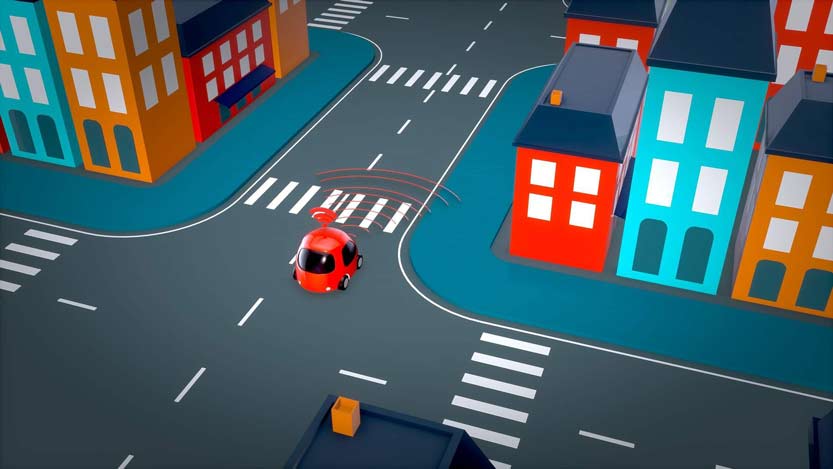Autonomous-vehicle startup company Vay is suggesting use of a human teledriver. Or a centrally-localized driver controls a car from a distance and allows for the vehicle to still operate. All on the way to autonomy. It’s not entirely autonomous as you may imagine, but by using this technology, a user of app could then be utilizable and on the up. However, they get their ride from a driver in a connected vehicle from where users want to be taken from. The ride-hailing srevice is planning on starting in Europe and continuing in The United States in the following year. Off of the original definitions of varied levels of driving automation by SAE International, Vay is taking an alternative approach. With their teledrivers.
Because, earnestly, Teledrivers aren’t substitutes for total autonomy.
Vay, out of Germany, sets up computer stations with basic driver setups. Much like you’d find in a car, with a steering wheel, several monitors, some pedals and a network that doesn’t struggle with the so-called latency. In the autonomous community, the term HIL is often synonymous to describe what Vay is doing here. Short for “human in the loop,” HIL is to say that while the car is capable to autonomously drive most of the time. Upon a certain area of difficult manuevering, HIL teledrivers will step in and navigate through the hazard in order to continue the journey.
Vay is furthermore operating like a humanless Uber as well as a very unique car-rental service. Upon which, the RC car is to arrive at the location. Vay is hoping to incorporate a plan where by using fully-remote technology, the riders will never have to be drivers. Given some points along the way, the company is looking to assist Europe. To advance ahead of the race with driverless cars. Maybe that will happen with Vay’s teledrivers.



